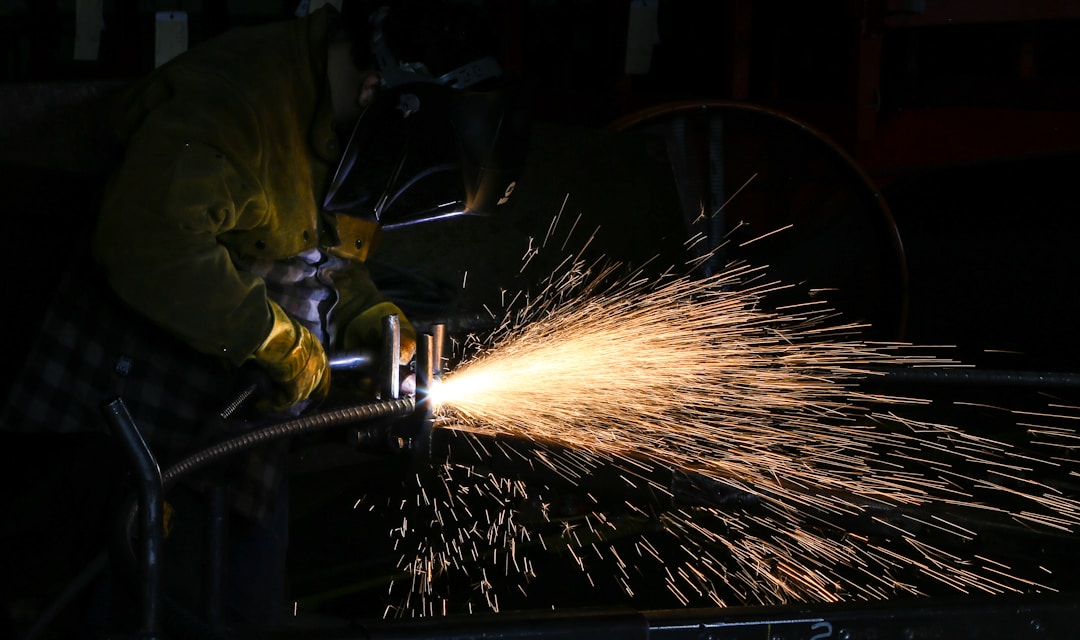Panhua Group's $3.5 billion steel project in the Philippines is expected to start production this year, creating 25,000 jobs
2025-04-21
Recently, Huang Xilian, Chinese Ambassador to the Philippines, revealed in a meeting with some Philippine media that the integrated steel project invested by China's Panhua Group with a total investment of US$3.5 billion is expected to start in the Philippines this year. He praised the project as "a milestone investment project that China firmly believes in the economic prospects of the Philippines", saying that it demonstrates China's full confidence in the long-term development of the Philippines.
The steel project is located in Maasim Town, Sarangani Province, Philippines, and plans to build a large-scale integrated steel manufacturing center integrating steel mills, ports, industrial parks and power plants. After the project is completed, it will greatly alleviate the situation of the Philippines' long-term dependence on imported steel, effectively reduce infrastructure construction costs, and improve the trade deficit.
Panhua Group is headquartered in Zhangjiagang City, Jiangsu Province. As one of China's major steel exporters, actively deploying in the Philippines is a key step in its strategy to deepen its presence in the Southeast Asian market. At present, the urbanization process in Southeast Asia is accelerating, infrastructure construction investment is increasing, and the demand for construction-grade steel is showing a trend of continuous upward movement.
In fact, Panhua Steel Plant announced its construction plan as early as 2018 during the administration of former Philippine President Rodrigo Duterte, but encountered multiple challenges during the process, including regulatory barriers, site development problems and the COVID-19 pandemic, which caused the project to be delayed several times.
However, Panhua Group did not give up. In August 2024, the company reiterated its plan to start production within the year. By then, the project is expected to create at least 25,000 jobs, of which 20,000 jobs will be provided to local Filipinos. Local officials in Sarangani are full of expectations for the prospects of the project, believing that it will bring about structural changes in the Mindanao region and effectively drive the coordinated development of related industries such as supply chain, logistics and engineering services.
RELATED BLOG







